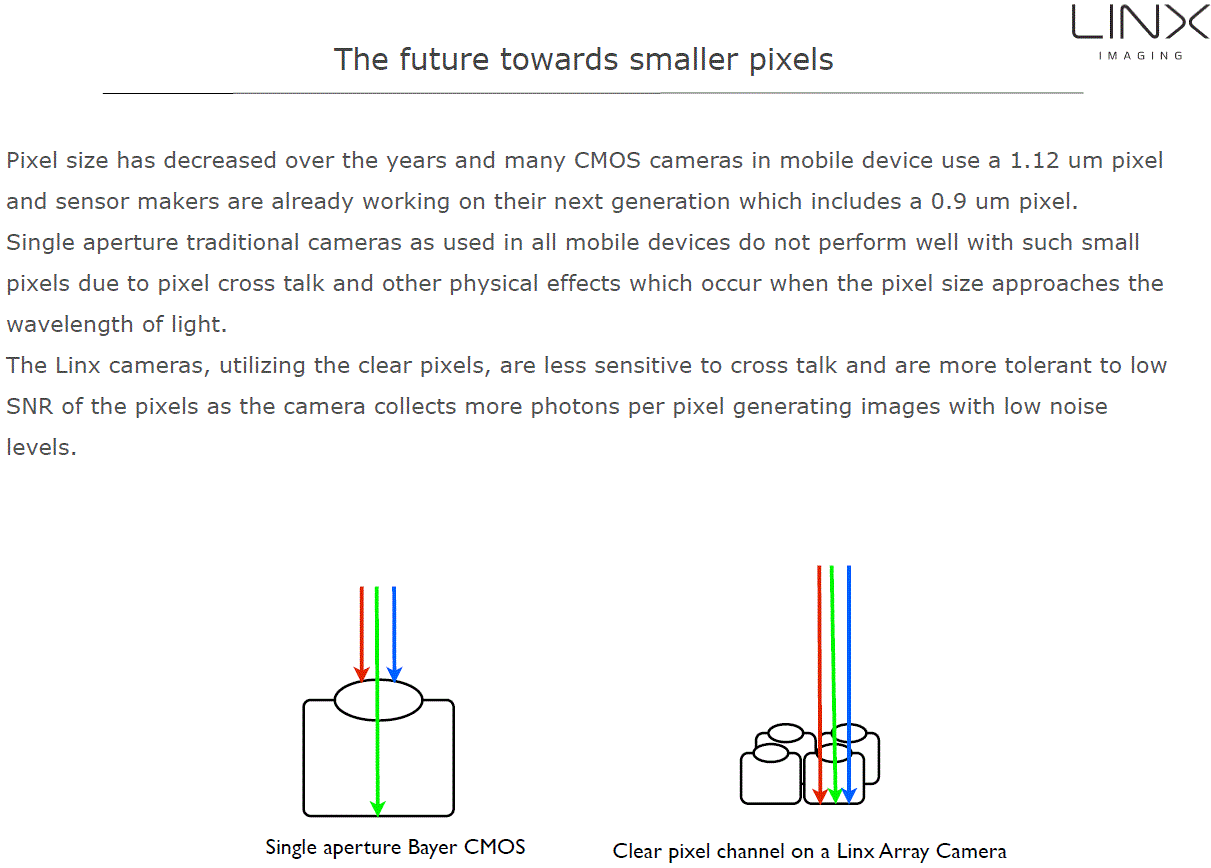Reuters, Bloomberg: OmniVision announces that it agrees to be acquired by a consortium composed of Hua Capital Management, CITIC Capital, and GoldStone Investment (collectively, the “Consortium”). Under the terms of the agreement,
OmniVision stockholders will receive a total of approximately $1.9 billion. The agreement was unanimously approved by OmniVision’s Board of Directors.
“We are pleased to have reached this agreement, which we believe realizes significant value for our stockholders and offers new opportunities for our employees to develop more innovative solutions for customers.” said Shaw Hong, chairman and CEO of OmniVision. “Our Board unanimously concluded that partnering with Hua Capital Management, CITIC Capital and GoldStone Investment was the best choice for OmniVision, as this transaction will provide our stockholders with significant and immediate cash value. Further, Hua Capital Management, CITIC Capital and GoldStone Investment are highly regarded China-based private equity firms with deep experience in the semiconductor industry. With our new partners’ knowledge and insight and the added flexibility that we will have as a private company, OmniVision will be able to focus on reaching the next level of growth, which will benefit our employees, customers and business partners.”
“We are excited to partner with OmniVision as they embark on this next phase of growth,” said Yue Liu, a managing director at Hua Capital Management. “We believe our unique industry knowledge and operational expertise can help accelerate OmniVision’s presence both in China and globally.”
“We are very pleased to be making this investment and are excited about the opportunity to work with OmniVision’s outstanding management team. With the strong backing of the consortium and the leadership of the company’s management, we believe OmniVision will continue to be well-positioned to achieve significant growth through its innovative and superior digital imaging technologies and its commitment to building long-term success,” said Yichen Zhang, Chairman and CEO of CITIC Capital.
OmniVision CEO Shaw Hong is expected to remain with OmniVision in the same capacity. The transaction, which is expected to close in the third or fourth fiscal quarter of fiscal year 2016, is subject to approval by OmniVision stockholders, regulatory approvals, including antitrust review in the U.S. and China, review and clearance by the Committee on Foreign Investment in the U.S., clearance or approval under applicable Taiwan law, and other customary closing conditions. In order to obtain clearance or approval under applicable Taiwan law, OmniVision will divest certain of its investments in Taiwan, including certain of its interests in a joint venture.
Update: As usual in public company acquisition cases, a number of law firms start investigations on grounds that the acquisition price is too low and not in shareholders interests. See the PRs of Tripp Levy PLLC, Bronstein, Gewirtz & Grossman LLC, Wolf Popper LLP, Kahn Swick & Foti LLC, Robbins Arroyo LLP, Harwood Feffer LLP, and, probably, some more.
OmniVision stockholders will receive a total of approximately $1.9 billion. The agreement was unanimously approved by OmniVision’s Board of Directors.
“We are pleased to have reached this agreement, which we believe realizes significant value for our stockholders and offers new opportunities for our employees to develop more innovative solutions for customers.” said Shaw Hong, chairman and CEO of OmniVision. “Our Board unanimously concluded that partnering with Hua Capital Management, CITIC Capital and GoldStone Investment was the best choice for OmniVision, as this transaction will provide our stockholders with significant and immediate cash value. Further, Hua Capital Management, CITIC Capital and GoldStone Investment are highly regarded China-based private equity firms with deep experience in the semiconductor industry. With our new partners’ knowledge and insight and the added flexibility that we will have as a private company, OmniVision will be able to focus on reaching the next level of growth, which will benefit our employees, customers and business partners.”
“We are excited to partner with OmniVision as they embark on this next phase of growth,” said Yue Liu, a managing director at Hua Capital Management. “We believe our unique industry knowledge and operational expertise can help accelerate OmniVision’s presence both in China and globally.”
“We are very pleased to be making this investment and are excited about the opportunity to work with OmniVision’s outstanding management team. With the strong backing of the consortium and the leadership of the company’s management, we believe OmniVision will continue to be well-positioned to achieve significant growth through its innovative and superior digital imaging technologies and its commitment to building long-term success,” said Yichen Zhang, Chairman and CEO of CITIC Capital.
OmniVision CEO Shaw Hong is expected to remain with OmniVision in the same capacity. The transaction, which is expected to close in the third or fourth fiscal quarter of fiscal year 2016, is subject to approval by OmniVision stockholders, regulatory approvals, including antitrust review in the U.S. and China, review and clearance by the Committee on Foreign Investment in the U.S., clearance or approval under applicable Taiwan law, and other customary closing conditions. In order to obtain clearance or approval under applicable Taiwan law, OmniVision will divest certain of its investments in Taiwan, including certain of its interests in a joint venture.
Update: As usual in public company acquisition cases, a number of law firms start investigations on grounds that the acquisition price is too low and not in shareholders interests. See the PRs of Tripp Levy PLLC, Bronstein, Gewirtz & Grossman LLC, Wolf Popper LLP, Kahn Swick & Foti LLC, Robbins Arroyo LLP, Harwood Feffer LLP, and, probably, some more.


















































